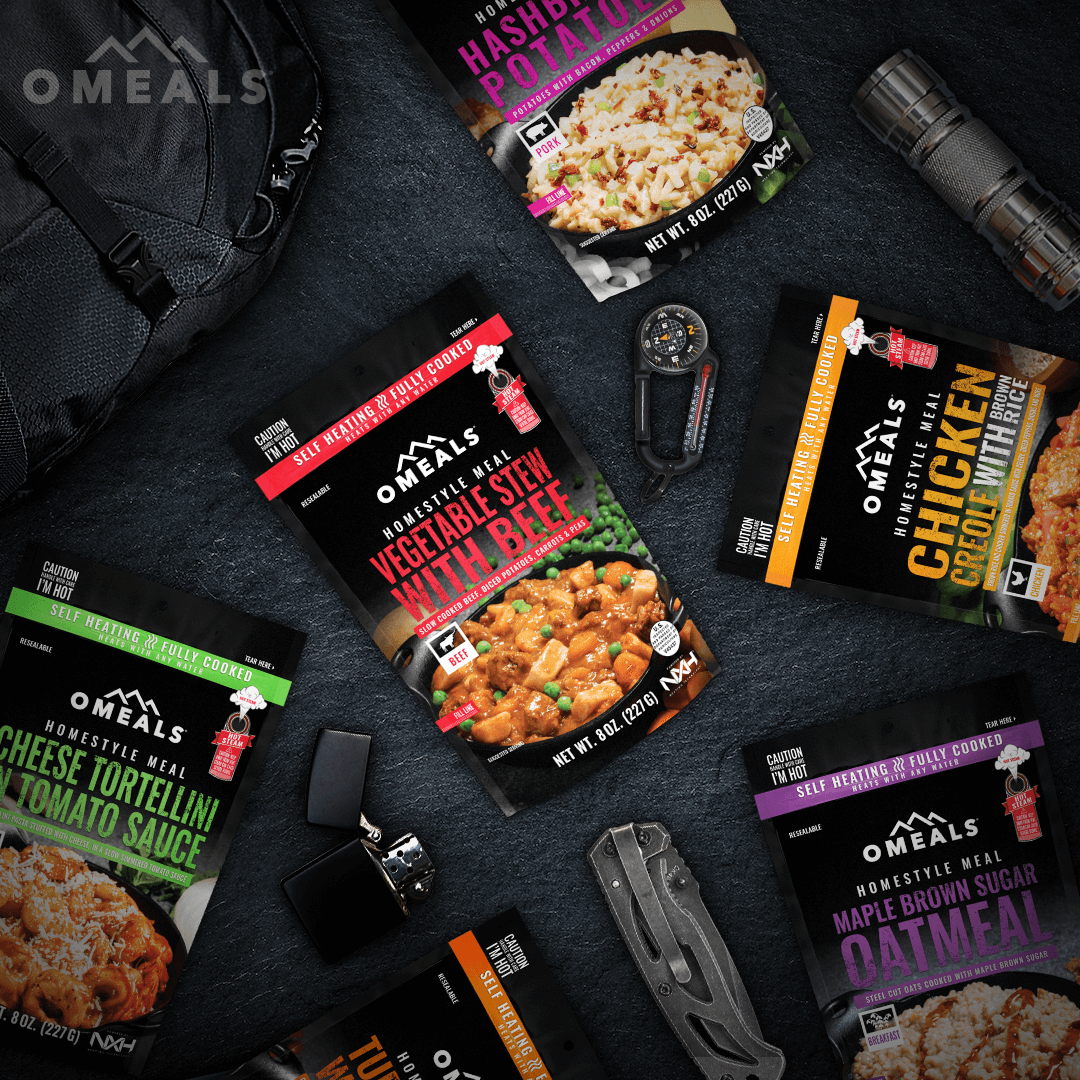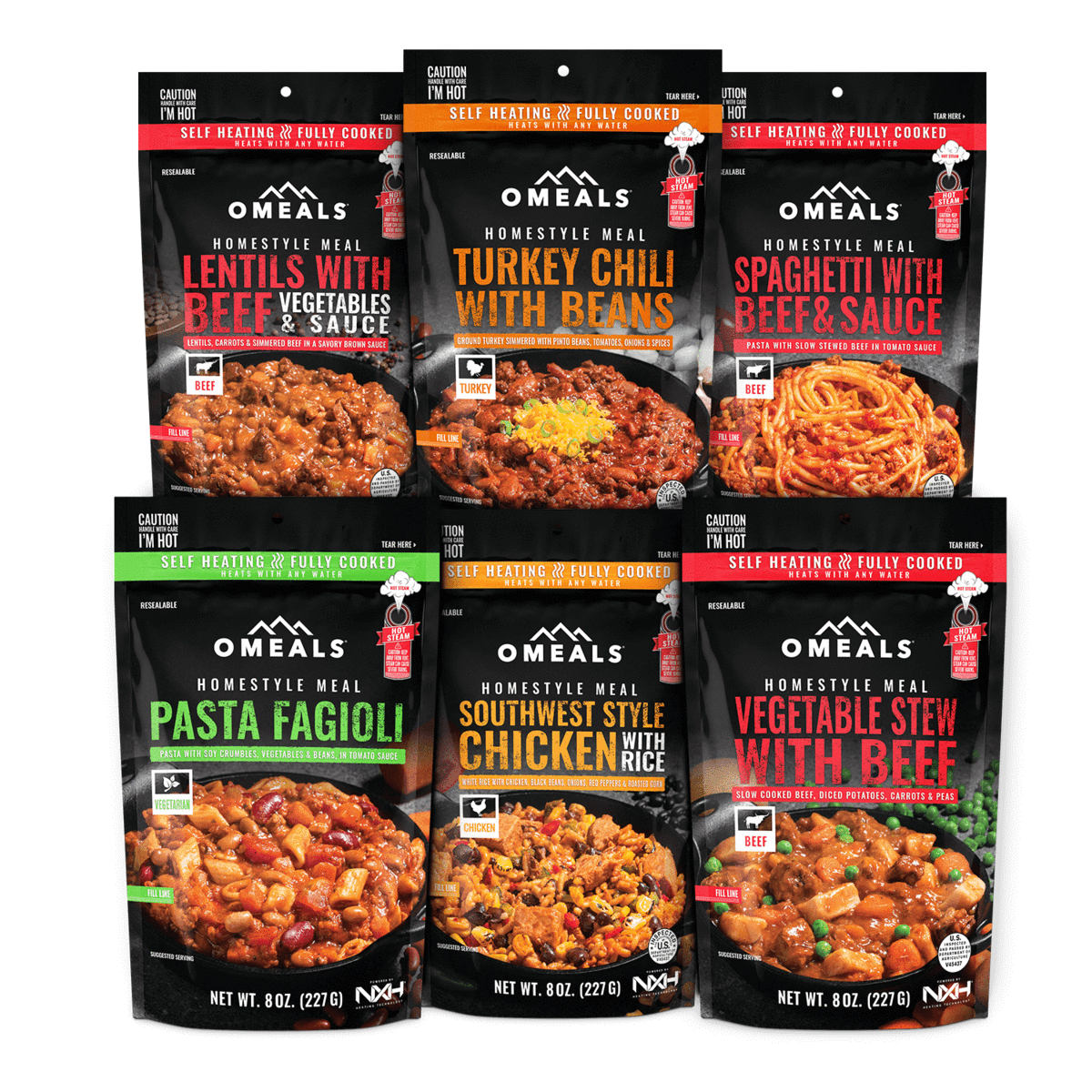In 1989, I left my small, rural hometown in Texas for the sunny beaches of Ft. Lauderdale, Florida. It was a big change, and there was much to adjust to. I eventually got used to the heavy traffic, skyscrapers and fast-paced living, but one thing I never got used to was hurricane season. It certainly didn't help that my first experience with hurricanes was the notorious Hurricane Andrew.
In 1992, Andrew struck south Florida with a brutal force that caused 65 deaths and over $25 billion in damage. Andrew made many people stand up and take notice of the importance in being prepared. Most hurricane-related deaths do not occur during the storm itself, but surprisingly after the storm has passed. Proper preparations and a little common sense will often make the difference between life and death in the event of a hurricane. As the 2017 hurricane season fast approaches, please review this preparedness guide and stock up on the ten top essentials. Considering how quickly emergency items fly off store shelves at the first sign of a storm, the best advice I can give is: don't wait; prepare now.
PLYWOOD / HURRICANE SHUTTERS - The very first thing you need to plan for is protecting your home, and the people who may be riding the storm out within it. Plan in advance for window coverings. One of the most vivid memories I have of pre-storm prep work is driving from multiple Home Depots, Lowes and lumberyards looking for plywood. Each one had swarms of people, as if The Rolling Stones were performing a free show in their parking lot. Most of those people left empty-handed, and we formed a sort of caravan from store to store, hoping for scraps of something. Aside from plywood, you have the option of hurricane shutters. These can range in price dramatically, depending on style. The lower-priced shutters, typically made of aluminium, must be screwed into the house itself, and then removed individually as well. Hurricane shutters can get very expensive as well. For example, some are permanently installed and fall into place securely by remote control. While you're at the hardware store, you may want to consider purchasing a generator, if your budget allows. These are often quite expensive, but make life a little easier if electricity is lost. Some generators provide enough power to run air conditioners or appliances, which would certainly be a great benefit.
RADIO - Before, after and during the storm, it is vital to stay informed. Oftentimes, people will believe a storm has passed when the winds calm, and they begin to make their way outdoors to assess damage. In reality, they may be walking directly into the eye of the storm and further bands of devastating wind may be only moments away. It is essential to be aware of the status of the hurricane, location of emergency shelters, evacuation zones and rescue/repair efforts. When widespread power outages begin, local media and emergency services continue to broadcast important updates via radio channels. You have various options when it comes to a radio purchase and all are sufficient, but the key is to make sure it is battery operated and portable. (And please be sure to stock up on batteries!) Standard, simple AM/FM radios are available at most retail stores for as low as $5. For more specialised emergency broadcasts, you may opt for the Weatheradio or Coby NOAA Radio. Both are available at Radio Shack stores and online for approximately $20 and $30, respectively.
LIGHT - Once again, you have to consider what necessary resources you stand to lose in a power outage. When the sun goes down and the power goes out, you're suddenly plunged into a world of darkness. During or after a hurricane, there can be countless perils hidden all around you. In order to keep track of loved ones, pets, emergency supplies and masked dangers in your path, you must be able to provide a light source. Many people rely on candles, but it has been advised to steer clear of this method of illumination. In the aftermath of recent hurricanes, many people have fallen victim to fires caused by the use of candles. Other options to consider are lanterns and flashlights (again, keep a fresh supply of batteries on hand). One fine example is the Shake Flashlight. While you may need stronger, longterm light for some situations, the shake light provides a reasonable amount of light for short-term use. It does not operate on batteries or electricity. This LED light is powered by simply shaking it. Depending on the size and style of light you choose to purchase, this will cost anywhere from $5 to $35.
FAMILY PLAN - In the event that your family members become separated over the course of the storm, you need to have a prearranged family plan to reunite. Your family plan should provide detailed instructions for before, during and after the storm strikes, and should be rehearsed and memorized well in advance of a possible emergency situation. Here are some suggestions for your family plan. Designate a "safe place" within the home to seek shelter during a hurricane. Appoint a friend or family member (in a location outside of the affected area) as a telephone "check-in" to ensure that all family members are safe and accounted for. Choose a location for family members to meet, in case you become separated from each other. This location should be a centralized, public place away from coastal areas.
WATERPROOF SAFE CONTAINER - Depending on your budget, and the size you will require to suit your needs, there are a wide variety of waterproof, secure containers to choose from when planning your hurricane preparedness kit. This could even be as basic as a small, Tupperware-style storage tub in some cases. Your safe container should include any important documents that your family may need to access and protect. Damage to your home can include flooding, fire or structural collapse. It is important to keep certain documentation with you in the event that the contents of your home are a total loss. Suggestions of documentation you may want to protect: identification (birth certificates, social security cards, driver's licenses), insurance information/policies (home, auto, flood, health, life), emergency phone numbers, ATM/credit cards/cash. Remember, ATMs may not be functional after a storm. Keep cash on hand as well. Being that I am the sentimental type, I would make sure I had room to include some of the most essential family photos as well.
MEDICAL SUPPLIES - In advance of a storm, put together a first aid kit for your family. If anyone in your household is on medication, make sure that you have a reasonable supply on hand as well. Items to include in your first aid kit: basic first aid handbook (available for free at many Red Cross locations, or for a minimal charge at book stores and drug stores), triple antibiotic ointment, aloe vera burn cream, insect repellent, rubbing alcohol, hydrogen peroxide, cold medicine, Tylenol/Ibuprofen (or similar), feminine hygiene supplies, tweezers, disinfectant, baby wipes, soap, band-aid style bandages, Ace-style bandages, gauze, hand sanitizer, waterproof medical tape, thermometer, cotton swabs and surgical gloves.
PET KIT - Don't forget the furry members of your family when planning for a hurricane! Much like children, they are counting on you to prepare for them. One very important thing to note is that most emergency evacuation shelters do not allow animals. Year after year, I heard stories on the news of people who showed up at shelters with pets, had no back-up plan for their safety, and then chose to return to their homes rather than abandon their beloved pet. If you reside in an area that is deemed an evacuation zone for a hurricane situation, have plans in advance for some form of acceptable shelter for your pet. It is also a wise idea to make an essentials kit for your pet. Things to consider adding to your pet's kit: medical records, leash, favorite items (bone, toy, stuffed animal, blanket), "potty kit" (litter, plastic bags, etc.), food/treats.
FOOD / WATER - The rule of thumb to go by when planning your water stockpile is one gallon per person, per day, for seven days. You can purchase pre-bottled gallons of water from your local grocery store, but you can just as easily bottle your own. If you choose this option, make sure to use secure, air-tight containers! Many people opt to fill their sinks and bath tubs as well, though this may not be the best for drinking. This would make a good reserve supply for uses other than human consumption. Water purification tablets should also be a part of your food and drink supply, as water often becomes contaminated in the wake of a hurricane. You may want to keep a supply of your family's favorite powdered drink mixes to add to the water as well. With food, as with water, you should be prepared for seven days. If you do have the means to cook, keep your fridge and freezer closed as much as possible to retain the cold air and maximize the life of your perishables. This would be the food to cook first, obviously. Make sure to have an ample stock of non-perishable food items as well. Smart items to include: powdered milk, fruit juices, tea bags, canned beverages, cereals, bread, canned vegetables and fruits, prepared canned items (such as soups, spaghetti-o's, tuna, hash, canned meat), snacks (such as chips, crackers, cookies), condiments (ketchup, mustard, salt, pepper), peanut butter and jelly. Remember to include favorite snack foods for children as well as dietary needs for babies. Children and infants cannot always "make-do" with the food that is on hand, as we adults can. Having the proper foods, and the foods they are used to, will not only keep your little ones from illness related to inappropriate foods, but it will keep them happier and calmer as well. To have the option to keep some items cool, at least for a while, it might be a good idea to have a cooler. These are available in a wide variety of sizes, from six-pack size to those large enough to be used as a small dinner table. Add dry ice to get the most cooling time possible.
COOKING APPLIANCE - Of course, it's possible to survive on cold foods, and plenty of things are edible uncooked. However, you may be sick of peanut butter sandwiches after your fourth day without power! A source of heat to cook by opens up a whole slew of culinary options for your family. I've also noticed many post-storm gatherings of thankful neighbours at the home of a wise friend who was prepared with a cooking appliance and willing to extend use to those without the means to cook the food that was wasting away in their powered-down fridge. I always thought that was a wonderful thing to see, neighbours helping neighbours, and the people seemed to enjoy the distraction of a spontaneous cookout. Once again, you have many options, from easily affordable to astronomical when considering your options for cooking appliances. Personally, I consider the outdoors / camping giant Coleman to be a wonderful source of stove and grill options. On their website, you can find a surprisingly large assortment of portable stoves and grills. Depending on your needs and budget, there are sizes and prices for all. The most affordable option through Coleman is the simple propane burner for $29.99. Though not the best option if you will be cooking for many people over a span of time, it is sufficient for small cooking tasks. It has an 8-inch burner and heats for 2-4 hours, based on heat setting. Other options available through Coleman include: a wide variety of two burner propane stoves/grills ranging in price from $50 to $85, propane slow cooker for $69.99, propane deep fryer for $159.99, and standard outdoor propane grills from $200 on up. Set aside a set of pots or pans (disposables work nice) to cook on. Naturally, it would be highly advisable to keep a supply of extra propane tanks as well. Or you can choose any of our MRE Giant meals ready to eat and you won't need anything else.
KITCHEN UTENSILS / LINENS - There are a few random accessories that people are likely to forget when packing up in a rush. These are very handy for many uses, and perhaps some of the most essential items you can have accessible. In some cases, you would be unable to utilize other supplies without them. For example, your canned goods won't do you a whole lot of good if you fail to include a manual can opener! Also handy to have around: bottle opener, matches/lighter, pocket knife/multi-tool, plastic eating utensils, napkins/paper towels, paper plates, plastic cups, cooking/grilling utensils, plastic bags/garbage bags, toilet paper. Prepare your linens and clothing too, including blankets, towels and a couple changes of clothes for each person in your household.
Of course, this is just a basic list of the top ten most essential items to include in your hurricane preparedness kit. As individuals, we each have our own separate list of needs as well. Don't forget the things that may be specialized to your needs. If you cannot get through a day without a pina colada, or your morning doesn't happen without coffee, you may opt to have non-electric powered appliances and beverage mixes to meet these needs. Smokers may wish to stock up on cigarettes. Those with infants obviously want to make sure they have an ample supply of diapers. Consider anything that YOU use or need on a daily basis, and do your best to meet those needs when stocking supplies.


